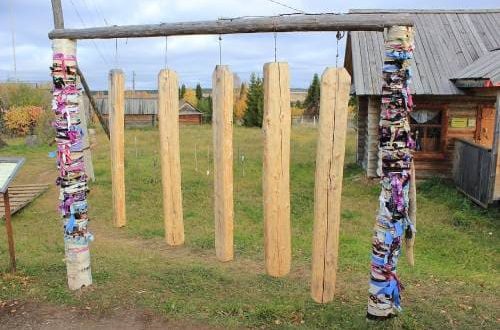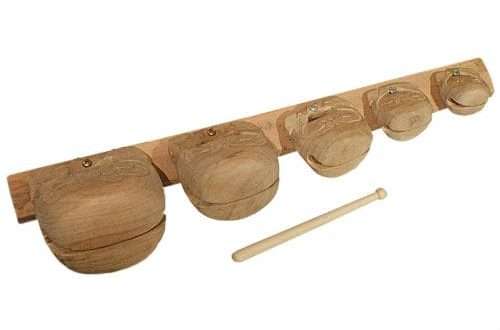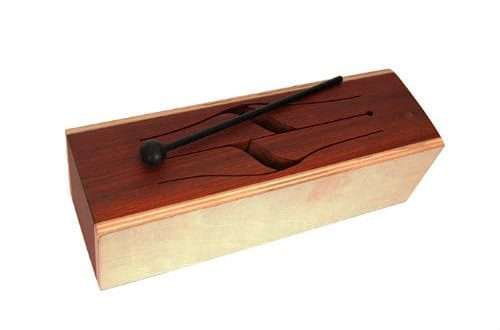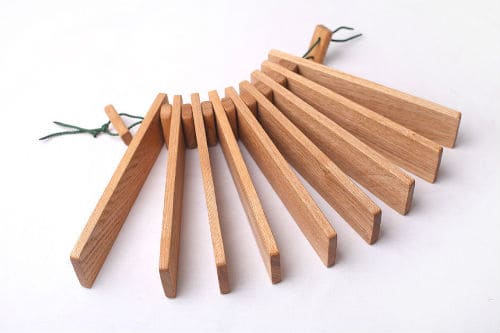
Ratchet: description of the instrument, composition, sound, history of occurrence
A simple ratchet tool, more like a child’s toy, is actually quite difficult to use. Mastering the technique of playing the first time will definitely not work – initially you will need to develop finger mobility and a sense of rhythm.
What is a ratchet
The ratchet is a native Russian, percussion type, wooden musical instrument. Known since time immemorial: the oldest specimen found by archaeologists dates back to the XNUMXth century. In the old days, it was used for various purposes, from entertaining children to performing the function of a kind of signaling with the help of sound. It was popular due to its simple design, simple playing technique.

Subsequently, the treshchetka (or in a folk way, ratchet) became part of the ensembles, orchestras specializing in the performance of Russian folk music. It belongs to the group of noise instruments.
The sound of the ratchet is loud, sharp, crackling. The classic rattler looks extremely simple: two dozen wooden plates are strung on one side on a strong cord.
Tool device
There are 2 design options: classic (fan), circular.
- Fan. It consists of carefully dried wooden plates (professional instruments are made of oak), connected with a strong cord. The number of plates is 14-20 pieces. Between them in the upper part there are small strips, 2 cm wide, thanks to which the main plates are kept at some distance from each other.
- Circular. Outwardly, it is completely different from the classic version. The basis is a gear drum attached to the handle. Above the drum and below there are two flat plates, connected at the end by a bar. In the middle, between the bar and the teeth of the drum, a thin wooden plate is installed. The drum rotates, the plate jumps from tooth to tooth, extracting a characteristic sound from the instrument.
History of occurrence
Musical instruments like the rattle are in the arsenal of many peoples. Making it is easy, even without special knowledge.
The history of the emergence of Russian rattling is rooted in the deep past. It is not known for certain who, when it was created. She was very popular along with the harp, spoons, was used for various purposes.
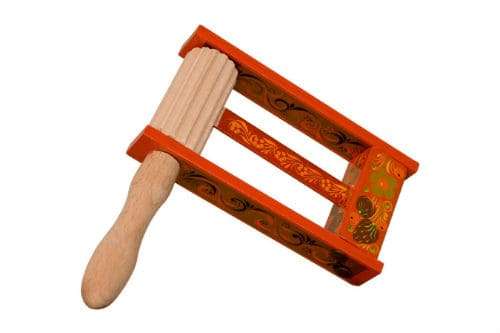
At first, the privilege to use the ratchet belonged to women. They played, dancing at the same time, singing songs – wedding, Play, dance, depending on the celebration.
Wedding ceremonies were certainly accompanied by rattlers: the instrument was considered sacred, its sound drove away evil spirits from the newlyweds. To attract attention, the wooden plates of the crackling were painted with colorful patterns, decorated with silk ribbons and flowers. Trying to give a new color to the sounds, bells were tied.
Peasants passed on the technique of making rattles from generation to generation. When folk ensembles, orchestras began to be created, the instrument was included in their composition.
Play technique
Playing the ratchet is not as easy as it seems. Unskillful movements will produce unpleasant sounds, reminiscent of chaotic, incoherent noise. There is a special Play technique that includes several tricks:
- Stakatto. The player holds the object at chest level, placing the thumbs of both hands on top, inside the loops of the plates. With free fingers, they hit the extreme plates with force.
- Fraction. Holding the structure by the plate on both sides, they extract the sound by sharply raising the plate on the right, while lowering the left, then vice versa.
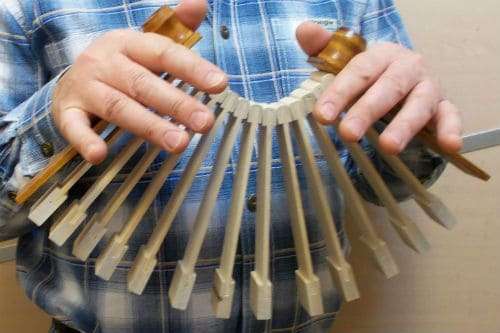
The musician holds a circular ratchet at chest level or above his head. Sound is produced by making rotational movements. The player must have perfect hearing in order to rotate the instrument according to the beat of the piece of music.
The ratchet musician outwardly resembles an accordion player: first, he opens the plate fan to the stop, then returns it to its original position. The strength, the intensity of the sound depends on the strength, frequency of exposure, the scope of the fan.
Using a ratchet
Sphere of use – musical groups performing folk music (orchestras, ensembles). The instrument does not perform solo parts. Its function is to emphasize the rhythm of the work, to give the sound of the main instruments a “folk” coloring.
The sound of the ratchet is perfectly combined with the accordion. Almost always it is used by groups performing ditties.
The rattle in the orchestra seems imperceptible, but without it, Russian folk motifs lose their color and originality. A skilled musician, with the help of a simple composition, will revive a familiar motive, give the song a special sound, and bring fresh notes to it.



